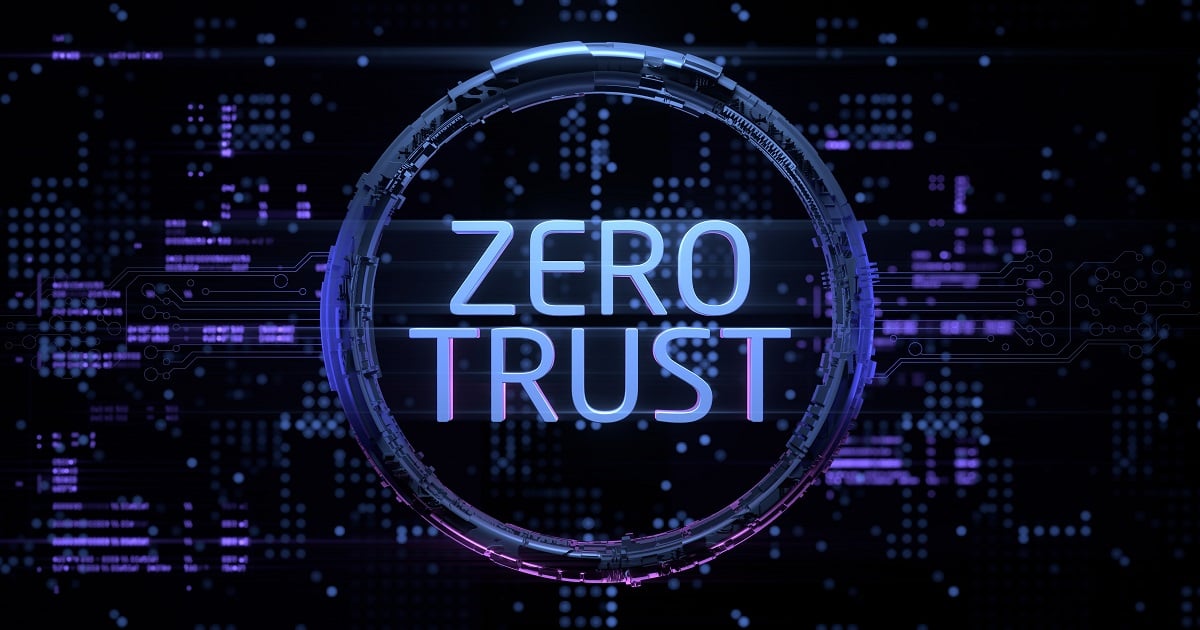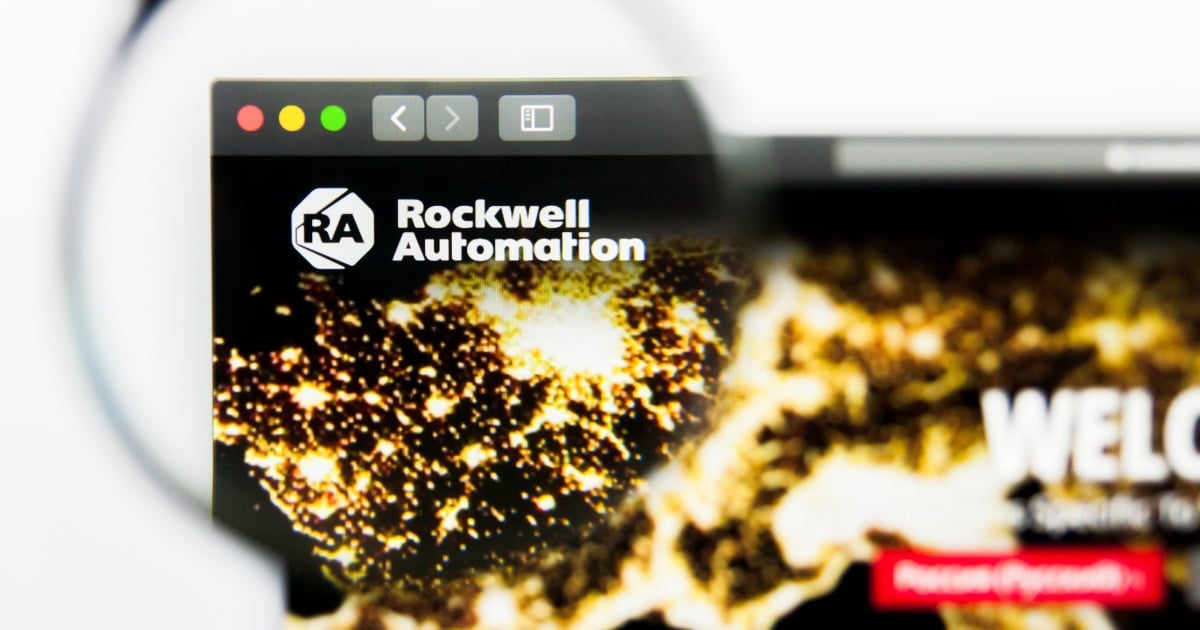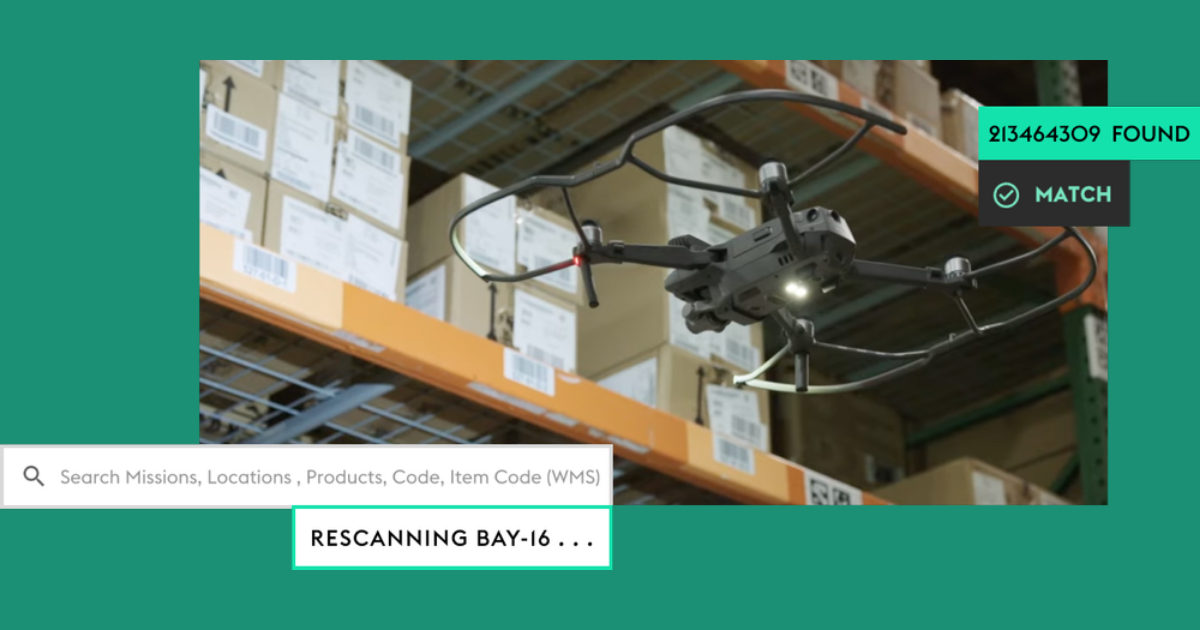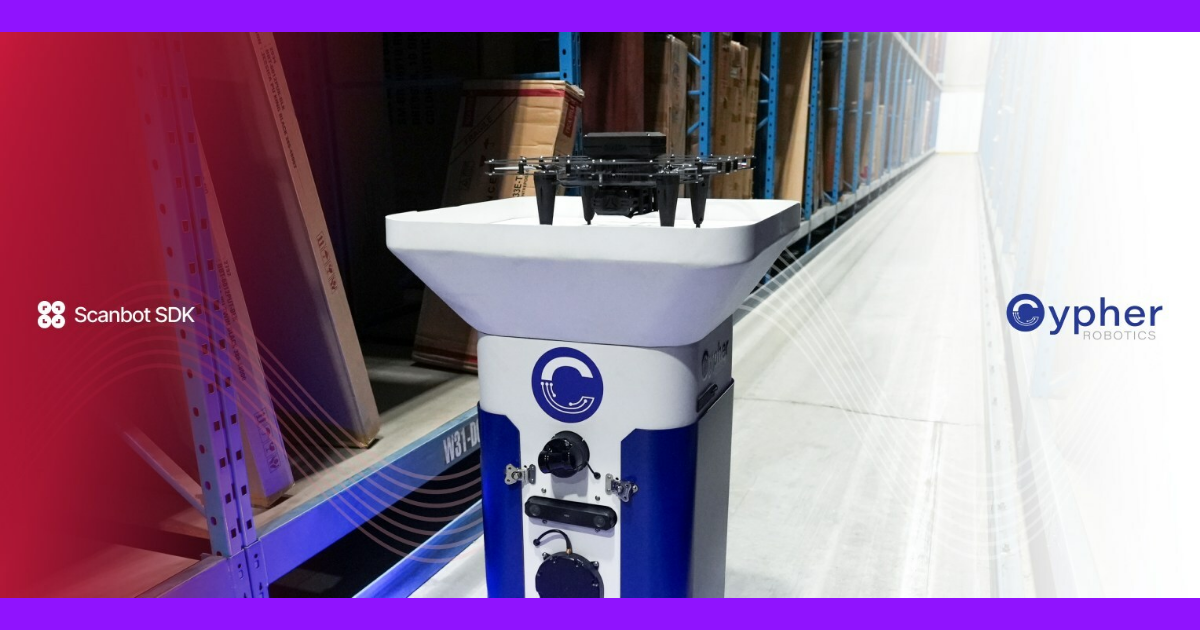
Cotton sensor alarm! Fridge temperature alarm! Compressed air low! Check nozzles!
These alerts—from an Industrial Internet of Things (IIoT) system developed by the company I serve as Chief Information Officer—may call to mind an ancient question: “If a tree falls in a forest and no one hears, does it make a sound?” To which some have replied: “It matters not, since the tree has fallen.”
This article is a compendium of lessons learned from implementing our IIoT process, people and technology in the most unlikely of environments: the cotton gin. While these lessons learned were from our first ventures with the cotton gin, they have been extremely helpful to us in our expansion to other applications, including legal cannabis which faces its own needs—both regulatory and economic—for traceability.
Let me first describe how our platform for commodity traceability in complex supply chains comprises IIoT technology to drive its value proposition: DNA molecular tags that infuse an Identity of Things; computer-controlled and internet-connected systems to apply the tags and monitor production process quality control; internet-capable authentication systems to confirm identity in the supply chain; and a cloud-based platform to capture, communicate and manage the resulting data.
IIoT can generally be defined as “a network of devices connected via communications technologies to form systems that monitor, collect, exchange and analyze data, delivering valuable insights that enable industrial companies to make smarter business decisions faster.” Beyond technology, the classic pillars of information technology implementations are critical: processes designed against business objectives and people accountable to take action based on system indications—hopefully before a “tree” has fallen.
While a company might spend the bulk of its time designing the best IoT system ever, as Mark Hung of Gartner Research cautions, “It is important as you embark on your IoT journey that, as you set your goals, you very clearly identify the business value rather than the technological challenges." A clear road map from business value to technology elements then provides a helpful framework:
- Define and seek stakeholder approval for the business outcomes your system is designed to achieve.
- Define the specific and connected data points that monitor the health of your system toward your desired outcomes. Use the Goldilocks Principle: not too many that you can’t sort through the data; not too few that you miss critical signs of failure, but vetted as “on track,” “at risk” or “need action” to prompt the right action at the right time.
- Define who needs to know what, when they need to know it and how they receive communications through an escalation path. Role-based transactions and reporting can help to facilitate training, user experience and decision-making.
- Define a staffing and business continuity plan across the network of stakeholder organizations for when things are going smoothly and when they are going badly.
Our cotton traceability platform was the first venture of its kind, so there was no road map to follow. While we succeeded in developing a system managing millions of pounds of cotton across multiple growers, merchants and manufacturers in multiple countries, we learned the easy way and the hard way as we went.
Year One covered one U.S. cotton gin supporting multiple growers and one type of cotton identity; the system was manual but established the process for spraying DNA taggants onto cotton persistent through the supply chain to finished goods.
- Lesson learned: Automation and computerized, internet-enabled monitoring eliminated the inefficiency and error of manual operation.
Year Two added four additional U.S. gins with automation for mixing and filling the DNA taggant solution and sensing critical process metrics such as water flow rate, air pressure and integration with gin system production rates. Approximately 100,000 data points per day per gin were posted to an Amazon server.
- Lesson learned: Shoring up our support team by establishing the role of field operations and data monitoring among the stakeholders eliminated delays in issue identification and resolution.
Year Three expanded to Australia where a system of system-generated “push” email and text reporting and alerts was implemented.
- Lesson learned: The number, content and timing of alerts was refined to only those that required action, excluding those deemed informational, for the beginning of the fourth U.S. season.
Now in Year Four, we are receiving email and text alerts from all gins, reporting status to our stakeholders daily, and have incorporated supply chain authentication testing into the reporting system for a more real-time closed-loop cycle.
Looking back to our purpose, have we developed business value from a system of traceability for agricultural commodities? IIoT has given us the capacity to expand production to more locations with more security, assurance and limited support resources. We have come a long way on our journey, with more to go: gaining insights from an overload of data, stronger personnel accountabilities, refined alerts so that “before the tree falls, we hear it!”, and consideration for blockchain-based provenance and enterprise systems integration.
About the author: Judy Murrah is Chief Information Officer at Applied DNA Sciences, Inc., a leader in large-scale PCR-based DNA manufacturing.
Edited by
Ken Briodagh





